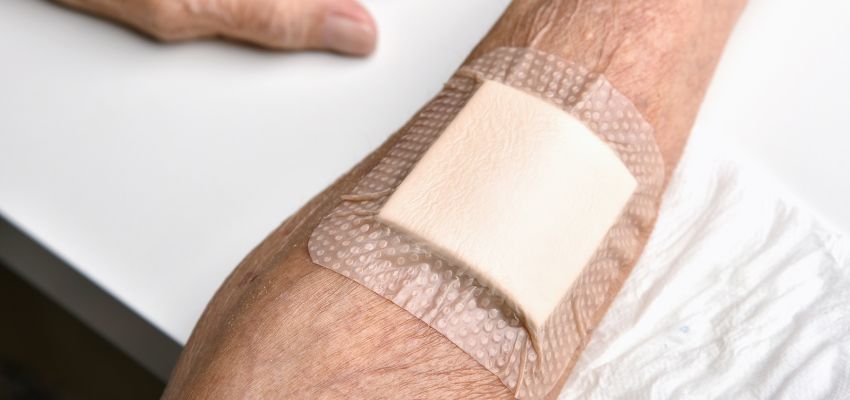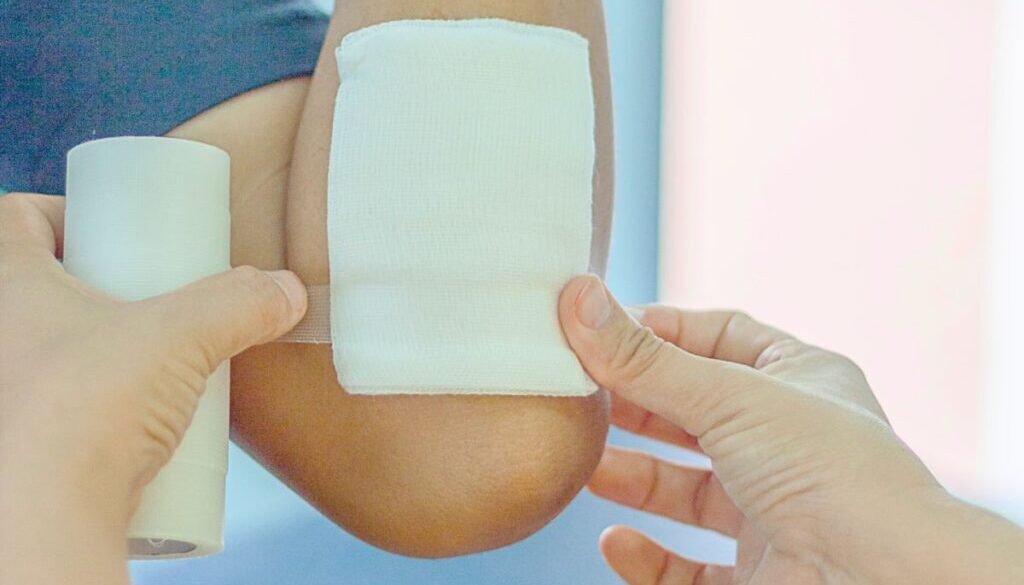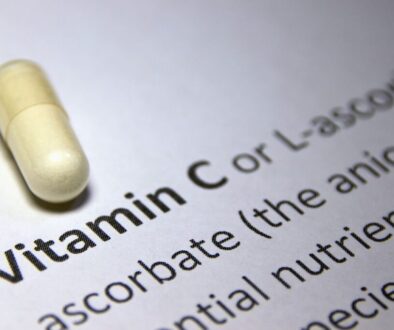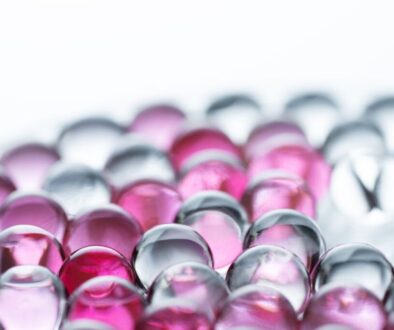5 Benefits Of Antimicrobial Dressings For Faster Recovery
Healing wounds can be challenging. Infections can slow recovery or cause complications. Thankfully, modern wound care has evolved to tackle these risks. Antimicrobial dressings are revolutionizing wound care. They speed up healing and protect against infections. Patients and caregivers can feel more at ease.
In this article, we’ll explore the world of antimicrobial dressings, uncovering their powerful benefits. We’ll learn how they work and how to use them properly. Healthcare providers and patients will gain key insights for improved wound care.
What Are Antimicrobial Dressings?
Antimicrobial dressings are advanced wound care solutions. They combat bacteria and fungi to reduce infection risk. These dressings contain agents like silver, iodine, or chlorhexidine. They provide targeted protection directly at the wound site. Different types are available, including foams, gauzes, hydrocolloids, and hydrogels. Each is designed for specific wound care needs.
How Do They Work?
These dressings slowly release active ingredients into the wound. They eliminate or stop harmful microbes from growing. This prevents infections and creates a suitable environment for healing. Silver-based dressings, for example, break down bacterial cell walls. This helps eliminate pathogens and speeds up recovery.
Common Antimicrobial Agents Used In Dressings
These are some of the most widely used antimicrobial agents in wound dressings:
- Silver: A powerful antimicrobial effective against bacteria and fungi. It even works on resistant strains like Methicillin-resistant Staphylococcus aureus (MRSA) bacteria.
- Iodine: Known for its strong antiseptic properties, it’s often used on chronic wounds. It’s also applied to infected wounds.
- Chlorhexidine: A potent biocide designed to reduce bacterial presence significantly.
- Honey: Medical-grade honey, like Manuka honey, has powerful benefits. It’s antimicrobial and anti-inflammatory, making it effective for wound care.
Key Benefits Of Antimicrobial Dressings
Antimicrobial dressings are key to modern wound care. They provide more than just basic protection. Here’s why they’re essential for effective wound management.
Accelerated Wound Healing
Antimicrobial wound dressings promote faster healing by minimizing microbial interference. Reducing the risk of infection helps the body focus on healing. A study shows silver-based dressings improve healing and lessen infection rate in chronic wounds compared to non-silver dressings. They’re more effective than traditional options.
Infection Prevention And Control
Antimicrobial dressings prevent infections. They’re used for high-risk wounds like diabetic ulcers or post-operative incisions. They work by reducing bacteria at the wound site. This stops infections before they start. In healthcare settings, they’re vital for combating bacterial threats like MRSA.
Reduced Dependence On Systemic Antibiotics
The dressings target bacteria directly at the wound. This reduces the need for systemic antibiotics. The localized approach lowers side effects from oral or intravenous antibiotics. It also helps fight antibiotic resistance, a major global health issue.

Effective Odor And Exudate Management
Antimicrobial dressings help prevent infections and manage wound exudate. Foam or hydrocolloid dressings absorb excess fluid and reduce odor. They neutralize bacteria responsible for unpleasant smells. This improves patient comfort and confidence.
Enhanced Patient Comfort And Compliance
Comfort is crucial in wound care. These dressings prioritize patient satisfaction. Their long-lasting effectiveness reduces the need for frequent changes. This minimizes pain and inconvenience. Fewer disruptions make it easier for patients to follow their care routine. Better adherence leads to improved outcomes.
Antimicrobial dressings do more than protect wounds. They speed up healing, prevent infections, and improve patient well-being.
When To Use Antimicrobial Dressings
The dressings are a valuable tool for managing infection-prone wounds. They promote healing while helping to prevent complications. However, careful use is crucial. This prevents misuse and reduces the risk of antimicrobial resistance. Here’s a guide to using them effectively.
Best-Suited Wound Types
Antimicrobial dressings are particularly effective for wounds at high risk of infection, including:
- Surgical incisions
- Diabetic foot ulcers
- Pressure injuries
- Burns and traumatic wounds
- Chronic wounds with delayed healing
When To Use—And When Not To
The dressings work well for infected wounds but aren’t always suitable. Avoid them for wounds without infection, as overuse can cause resistance. Individuals allergic to agents like silver or iodine should also avoid these dressings.
Key Factors To Consider
Choosing the proper antimicrobial dressing depends on many factors. These include wound type, infection severity, and patient sensitivities. Wounds with excessive exudate may need foam dressings to control moisture. Chronic ulcers might benefit from silver-based dressings. Tailoring the choice to the individual wound ensures optimal results.
Frequently Asked Questions
Are antimicrobial dressings safe for all wounds?
Antimicrobial wound dressings are generally safe for wounds at risk of infection. However, their use should follow medical advice. This ensures effectiveness and prevents unnecessary application.
How often should they be changed?
Change frequency depends on the dressing type and the wound’s condition. It can range from daily changes to once every seven days.
Can antimicrobial dressings cause resistance?
If used improperly or excessively, they may contribute to resistance, similar to antibiotics. This underscores the importance of using them responsibly and under proper guidance.
Are they suitable for home use?
Many dressings are easy to apply. They are ideal for home care when guided by a healthcare professional.
Do they require a prescription?
Some are available over the counter. Higher-potency options may need a prescription, depending on local regulations.

Harnessing The Power Of Antimicrobial Dressings
Antimicrobial dressings have transformed wound care by delivering targeted infection control while accelerating the healing process. When used effectively, they empower healthcare providers to enhance recovery, minimize complications, and promote safer, faster healing. Discover how these cutting-edge dressings can elevate your approach to wound care today!
Ready to upgrade your wound care? DonorCure provides amniotic tissue allografts designed for chronic, hard-to-heal wounds. These allografts offer natural anti-inflammatory and antimicrobial benefits, speeding up recovery and reducing infection risks. Learn more at DonorCure.org and take the next step in advanced wound healing.
Heal Ulcers, Burns, & Surgery Wounds With Break-Through Amniotic Allograft Treatments
Experience the future of wound care with our advanced amniotic allograft treatments. Say goodbye to slow healing. Our innovative solutions promote faster recovery from pressure wounds, ulcers, burns, and surgical wounds. Trust the power of science for your healing journey. Regain your comfort and health today! See if you are eligible for treatment here.

About The Author
Corinne Grace is a full-time writer living in the Philippines. She has a nursing degree from Riverside College. Her background in nursing informs her perspective, allowing her to weave in themes of health, empathy, and resilience into her work.




